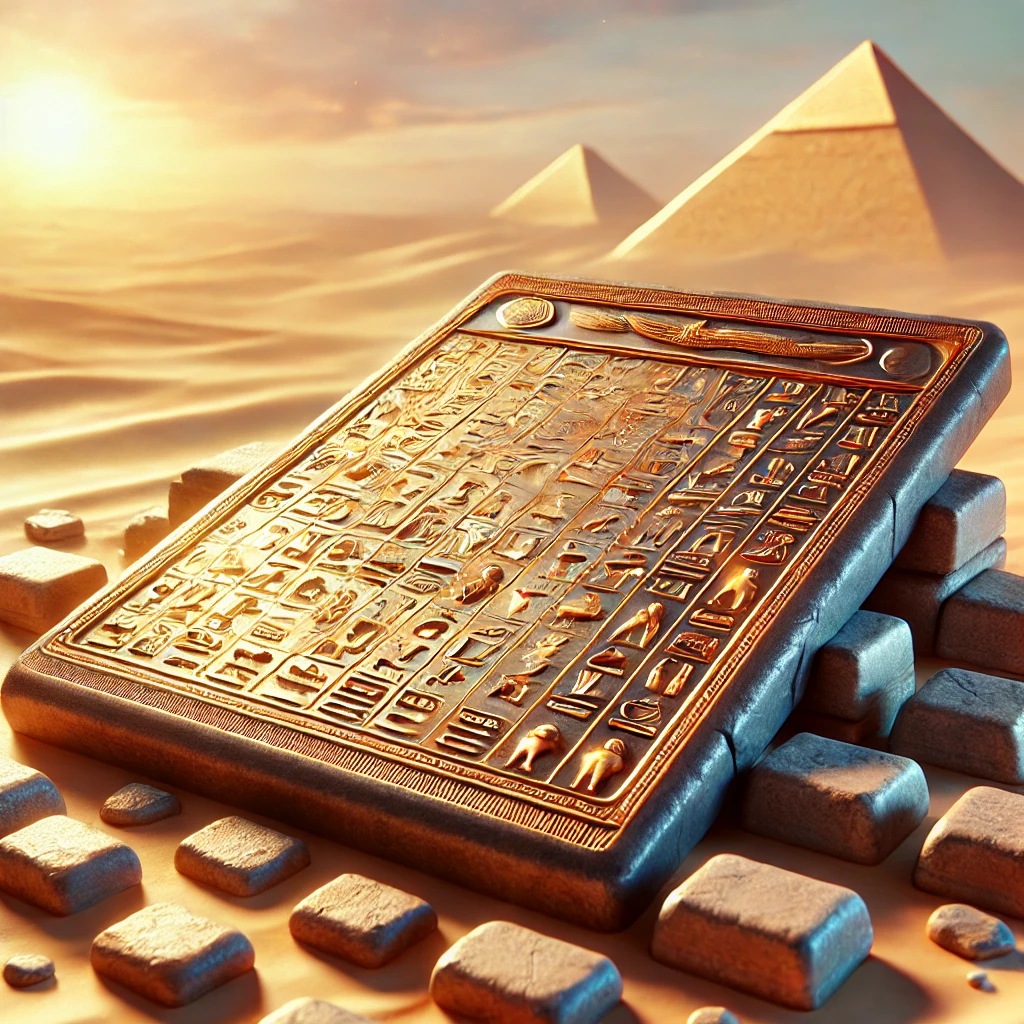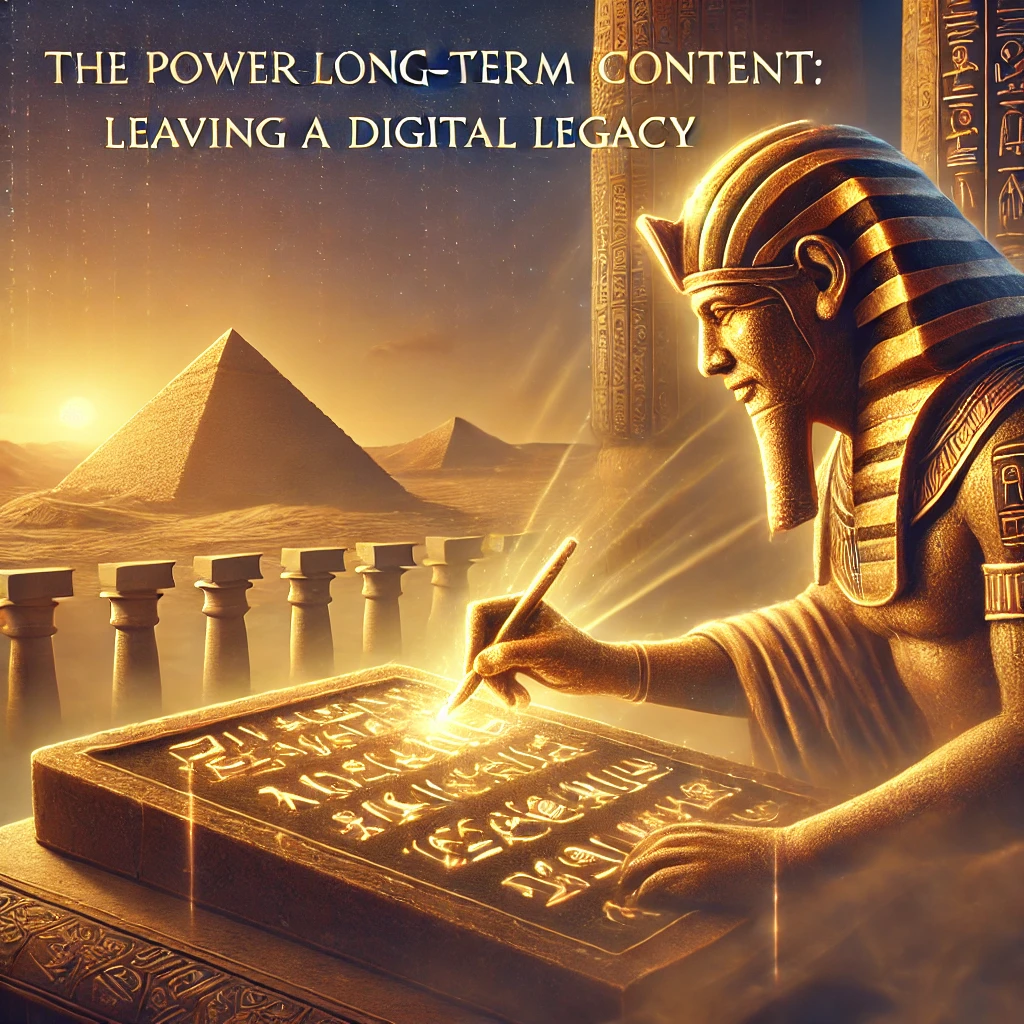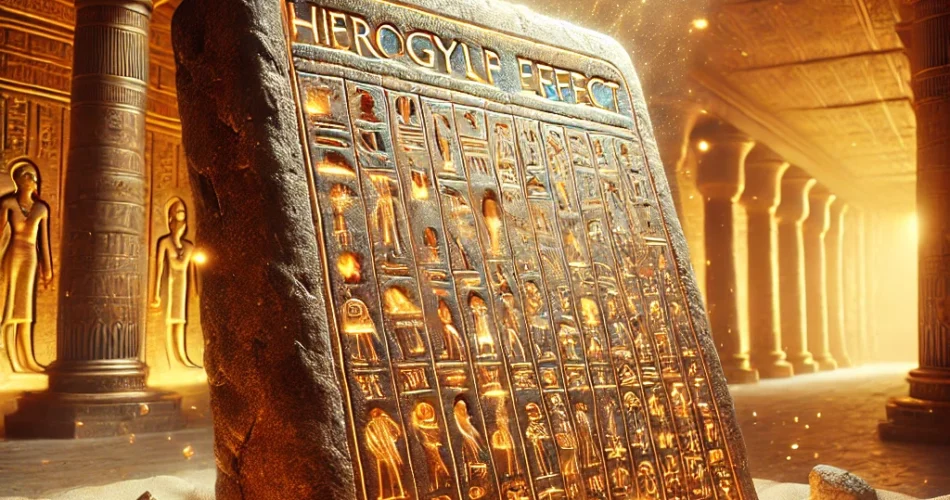For thousands of years, the hieroglyphs of Ancient Egypt have preserved the history, culture, and wisdom of an empire. Long after the pharaohs have turned to dust, their stories, laws, and achievements remain, etched into the walls of temples and pyramids for future generations to interpret. This was not by accident. When properly documented and communicated, the Egyptians understood that knowledge could transcend time.
In the same way, businesses that fail to document their processes, brand stories, and content strategies are doomed to fade into obscurity. Your business’s “hieroglyphs” are the systems, messaging, and content you create today to ensure its success tomorrow.
The Hieroglyphs of Business: Why Documentation is the Foundation of Longevity

Hieroglyphs weren’t just random symbols—they were an intricate system of communication used to document everything from daily transactions to grand historical events. Egypt thrived because its people recorded everything: trade agreements, taxation systems, legal frameworks, and even how to build pyramids so that future generations could replicate the process.
On the other hand, business owners often make the critical mistake of keeping vital knowledge trapped inside the minds of their founders, executives, or employees. Without proper documentation, workflows get lost, customer experiences become inconsistent, and when key people leave, they take irreplaceable knowledge with them.
The Business Lesson: Systemizing for Scalability
Just as the Egyptian scribes meticulously preserved their civilization’s knowledge, your business must document its processes to scale efficiently. This means having a clear system for marketing, sales, fulfillment, retention, HR, finance, and legal—the seven pillars of a strong foundation.
Imagine if the Egyptians had tried to build their pyramids without blueprints or consistent records—each new pharaoh would have to start from scratch, leading to chaos and wasted resources. This is precisely what happens when businesses fail to document their strategies.
✅ How to Apply the Hieroglyph Effect in Your Business:
- Create Standard Operating Procedures (SOPs) for core business functions so they can be replicated by new employees.
- Use project management tools to ensure workflow consistency.
- Keep a brand messaging guide to maintain consistency in all marketing and customer interactions.
When you document your knowledge, your business becomes a well-oiled machine capable of growth, even when key team members change.
Storytelling That Lasts: The Eternal Power of a Strong Brand Narrative
While hieroglyphs were used to record transactions and instructions, they were also the primary medium for storytelling. The Egyptians utilized grand inscriptions to tell the stories of their gods, pharaohs, and great victories—shaping how they were remembered for generations.
The lesson here? A great story cements a legacy.
Just like Ramses II, Cleopatra, and Hatshepsut became immortal through the stories written about them, brands that master storytelling build a lasting emotional connection with their audience.
Think about Apple, Nike, or Tesla—these companies don’t just sell products. They tell stories that inspire people and create loyalty. In the same way, your brand’s story should be woven into every piece of content, customer interaction, and marketing campaign.
The Business Lesson: Crafting a Timeless Brand Story
The most successful businesses aren’t just known for their products or services—they’re known for their narratives.
- Nike’s “Just Do It” isn’t just a slogan—it’s a movement.
- Tesla isn’t just selling electric cars—it’s selling the future.
- Your brand should be more than just a service—it should represent an idea that people connect with.
✅ How to Apply the Hieroglyph Effect in Your Brand Storytelling:
- Clearly define your brand’s mission, vision, and core values.
- Create a compelling founder story that humanizes your brand and connects with your audience.
- Use storytelling in marketing, PR, and content creation to make your brand memorable.
The Egyptians told stories that lasted for thousands of years. What story will your brand tell?
The Power of Long-Term Content: Leaving a Digital Legacy

The hieroglyphs carved into stone have lasted for millennia, while many modern businesses struggle to make an impact beyond the latest trend. Why? Because they focus on short-term wins instead of creating a long-term content strategy.
Too many brands today chase virality, only to fade away when the next algorithm shift happens. The most successful brands, however, invest in evergreen content—articles, guides, and media that provide value long after they’re published.
The Business Lesson: Investing in Evergreen, Authority-Building Content
Ancient Egyptian inscriptions still communicate ideas thousands of years later. If you want your brand to remain relevant, your content must have lasting value.
While social media is excellent for quick engagement, long-form content like blog articles, case studies, and whitepapers become the “hieroglyphs” of your brand, consistently bringing in new audiences over time.
✅ How to Apply the Hieroglyph Effect in Content Marketing:
- Focus on long-term content assets like pillar blog posts, case studies, and industry reports.
- Repurpose successful content into multiple formats (blogs, podcasts, videos, infographics).
- Optimize for search engines (SEO) so your content continuously drives traffic.
Just as Egypt’s ancient hieroglyphs still influence modern historians, your brand’s content should be designed to attract, educate, and inspire audiences long after its initial publication.
The Hieroglyph Effect in Modern Business
Ancient Egyptian scribes meticulously documented, preserved, and communicated the knowledge of their time. That’s why we still know their stories today.
In business, the same principles apply:
- A lack of documentation leads to confusion and inconsistency—just like a pyramid built without blueprints.
- A weak brand story fades into obscurity—but a compelling, authentic narrative creates lifelong customers.
- Short-term content disappears—but strategic, evergreen content builds lasting authority.
If you want to build a business that lasts beyond fleeting trends, embrace the Hieroglyph Effect—document your knowledge, tell your story, and invest in content that stands the test of time.
Will Your Business Be Remembered?
The pharaohs ensured their legacies would last for thousands of years. Will your business do the same, or will it be forgotten?
The answer lies in how well you document your processes, craft your story, and create content that leaves a lasting mark.




